Space Simulation Toolkit
by Pavel Kudinov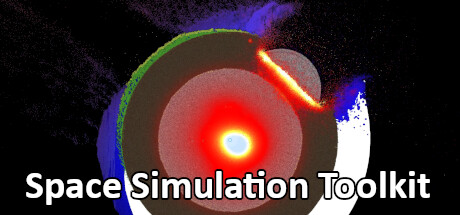
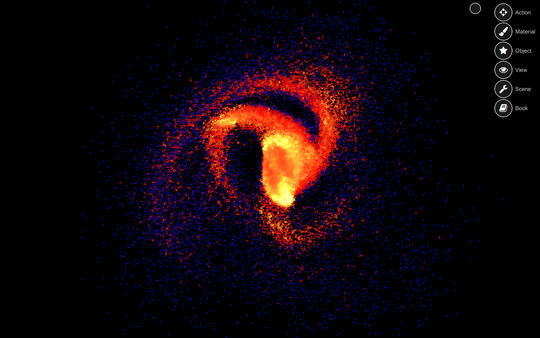
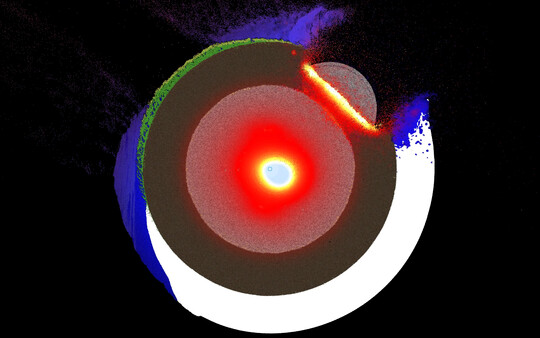
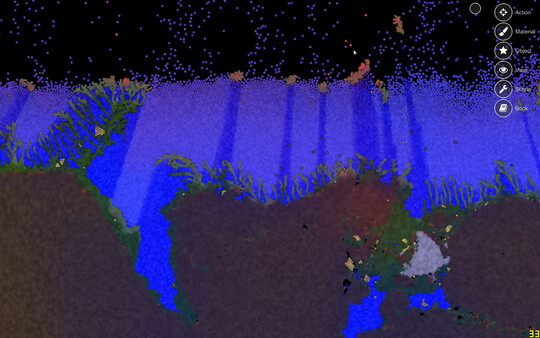
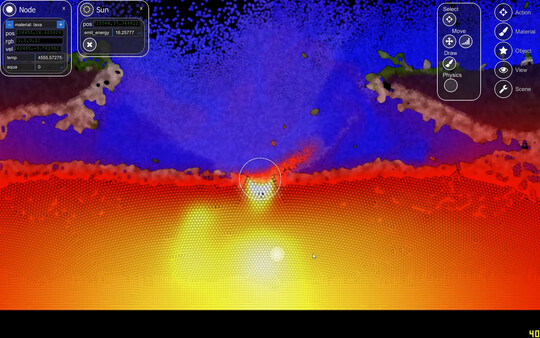
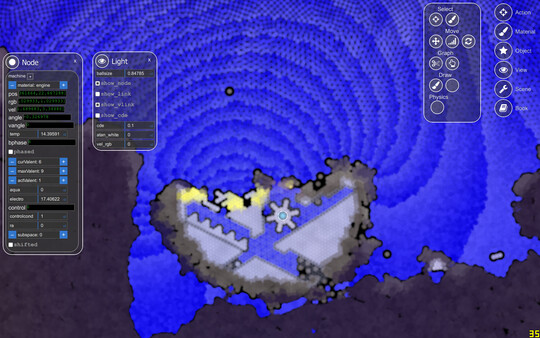
The Developer Says...
Physics sandbox game that uses a graphics card as a supercomputer. Change the laws of physics, design mechanisms, create A-Life worlds and inhabit them with living beings, experiment with evolution and AI.
Keywords
Players Like...
❤ Powerful Particle Simulation
The particle simulation is the core of the gameplay, and users consistently praise the developer's ability to simulate hundreds of thousands of particles in real-time. This is made possible by the game's use of the graphics card as a "supercomputer" to handle the intensive physics calculations. Players often highlight the realistic behavior of the materials, which can realistically simulate gases, liquids, soft bodies, and more.
❤ Diverse Simulation Modes
The game offers three distinct simulation modes for players to explore. In the Planet Simulation mode, players have access to a sandbox environment with a variety of materials like dirt, rock, water, and fire, allowing them to experiment on a large scale limited only by their GPU performance. The Cosmos Simulation mode focuses on gravity-based interactions, with a central gravitational field and two particle types - atoms and soft particles. Players can observe how these particles form structures under the influence of gravity. The Protobiome Simulation, however, is widely considered the most engaging mode. This simulation allows players to witness the emergence and evolution of simple lifeforms, as the "microorganisms" eat, reproduce, and adapt to their environment, providing a simulation of organic evolution.
❤ Potential for Customization and Modding
While the game may currently lack in-depth documentation and UI polish, many users recognize the immense potential for customization and modding. The ability to modify the behavior and properties of individual particle types opens up the possibility for users to create their own unique simulations and experiments. Several reviewers express excitement about the planned addition of a programmatic interface, which would allow the community to create and share custom content, further expanding the game's capabilities.
❤ Optimization and Performance
The game's performance is also a significant draw, with users praising the impressive optimization that allows complex particle simulations to run with surprisingly high framerates, even on mid-range hardware. However, it's important to note that the game's performance is heavily dependent on the user's graphics hardware, with NVIDIA GPUs being recommended for optimal performance.

